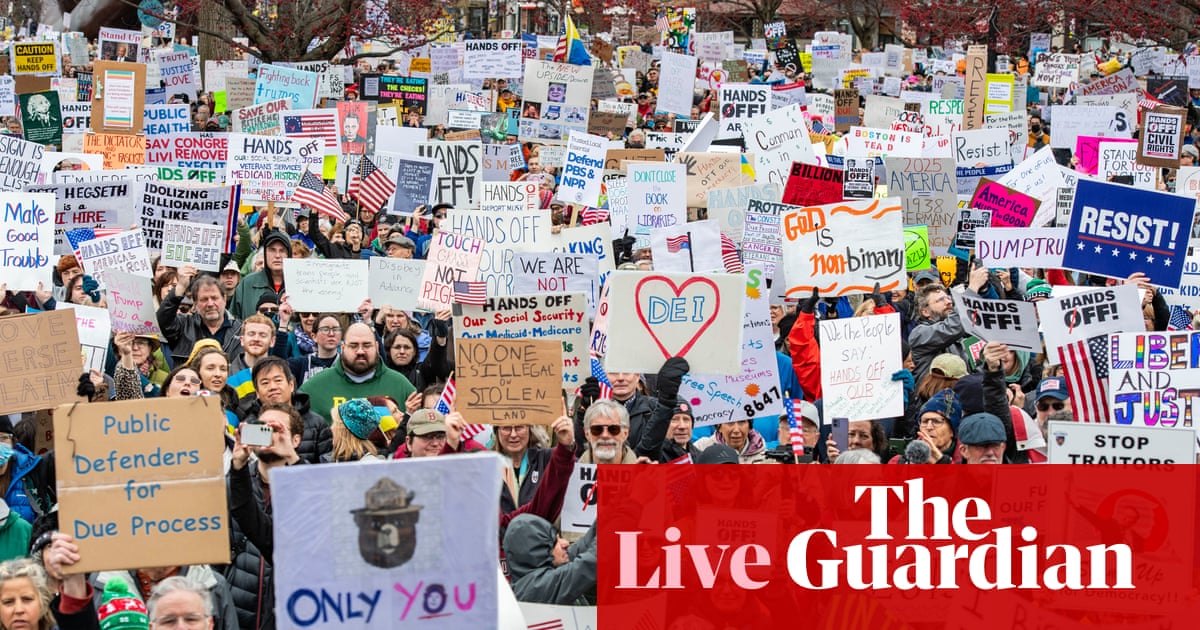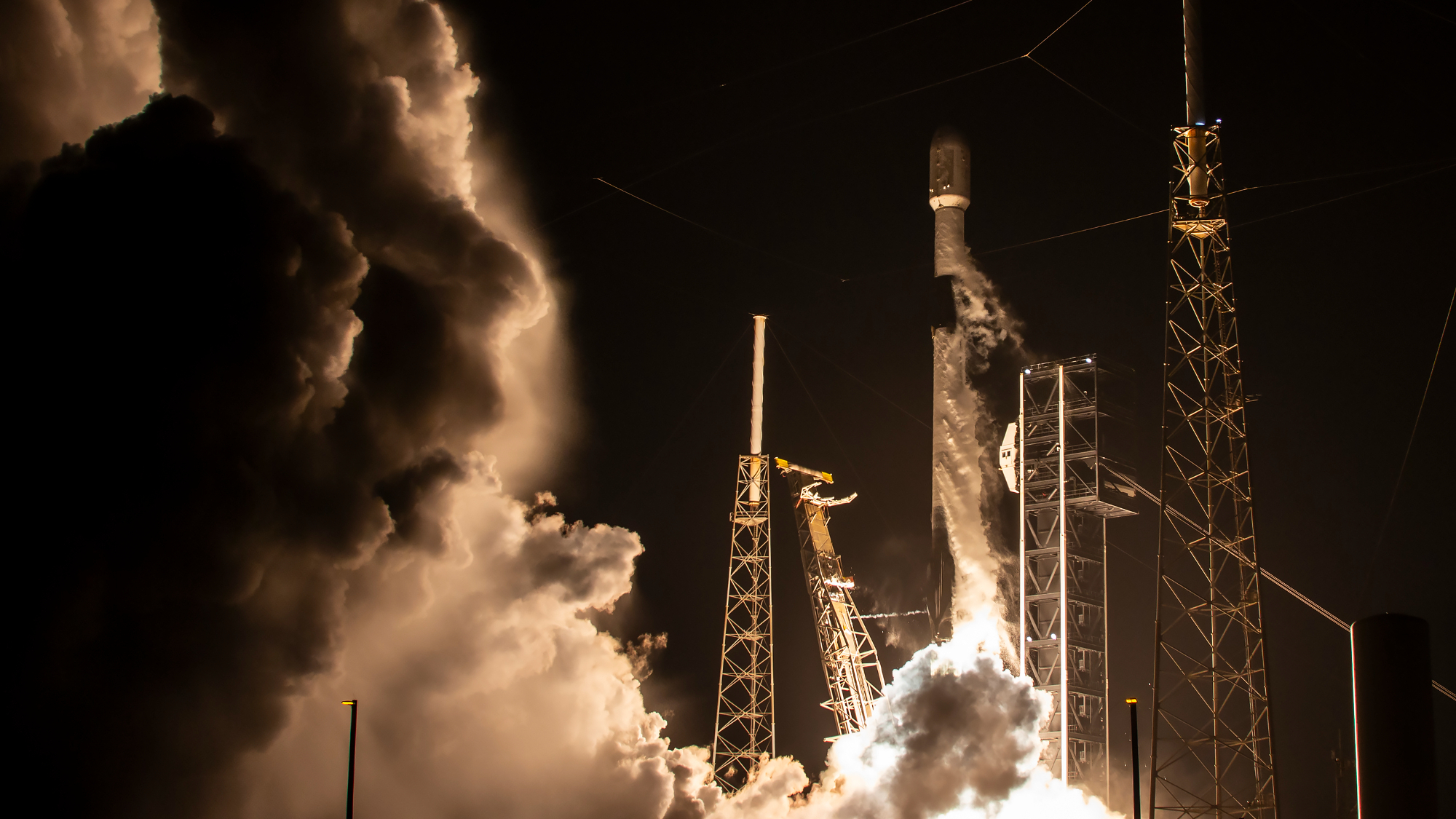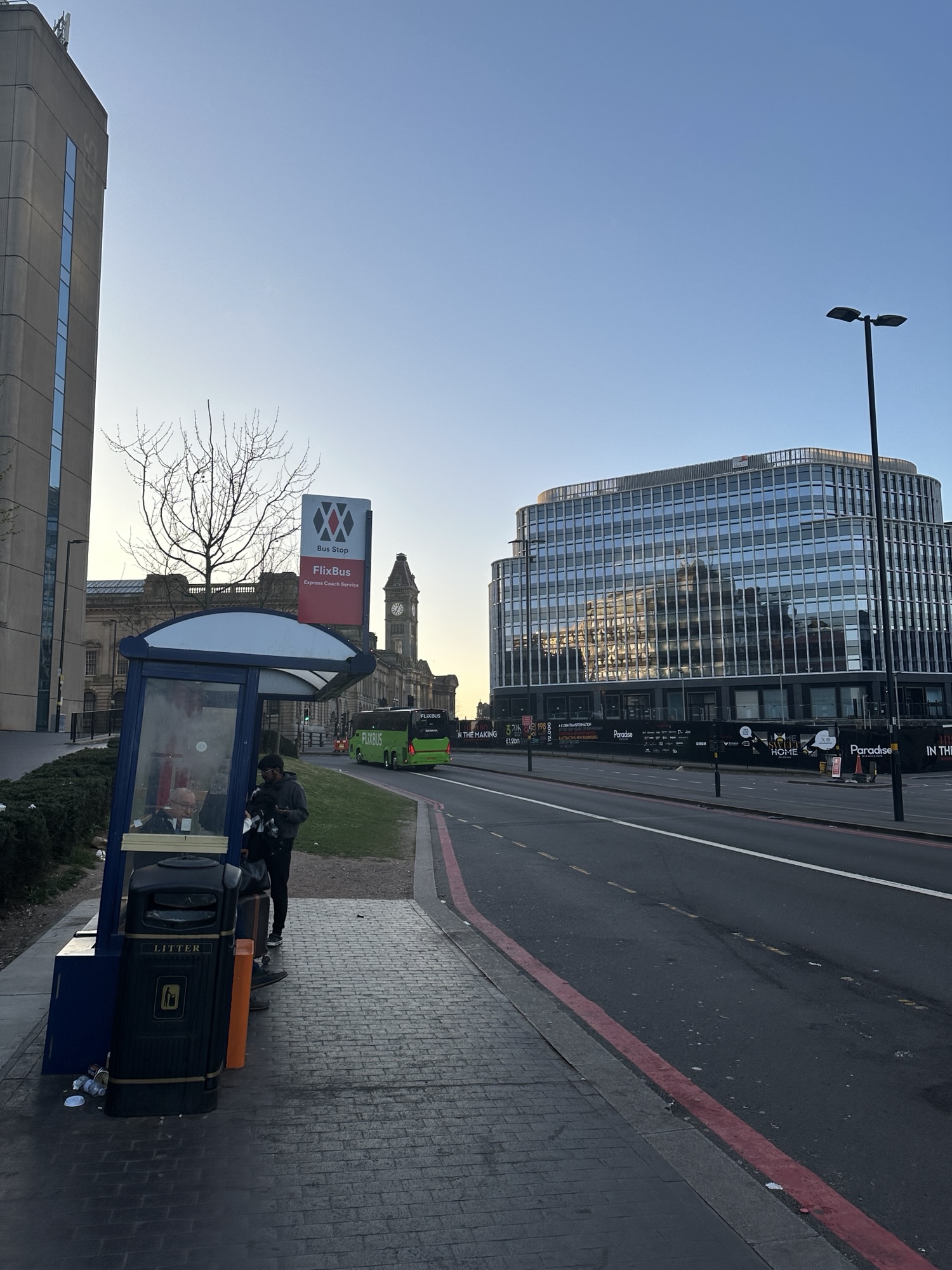The last time the US raised tariffs this much it made the Great Depression way worse
Trump's tariff hike mirrors the 1930 Smoot-Hawley Tariff Act, which exacerbated the Great Depression and led to a major shift in US trade policy.
Carlos Barria/REUTERS
- Trump increased tariffs on US imports to the highest levels in nearly a century.
- The Smoot-Hawley Tariff Act of 1930 raised tariffs and worsened the Great Depression.
- Prior to the Great Depression, Republicans were the pro-tariff party.
Tariffs haven't been raised this dramatically in a long time, perhaps because the last time they were, it made the Great Depression much worse.
President Donald Trump on Wednesday announced substantial tariffs on products imported to the US, including a baseline 10% on all countries, with higher tariffs on countries the White House considers "the worst offenders" against US trade relations. That includes a 49% tariff for Cambodia, 46% for Vietnam, 20% for the European Union, and a total effective tariff of 54% for China.
Trump's tariffs "represent a complete reversal of how the United States has dealt with the question of global trade for the better nine tenths of a century," Eric Rauchway, a historian and distinguished professor at the University of California Davis, told Business Insider.
"By 1948, it become consensus belief across US political parties, and indeed throughout the world, that tariffs had helped cause the Great Depression and the Second World War," Rauchway said. "The policies we've had since then have been intended to avoid a repeat of those things."
Before the general consensus around free trade became the norm, the US had a long history of tariffs. An early action of the first US Congress was the Tariff Act of 1789, which introduced tariffs to pay government wages and fund the national debt. Until the 16th Amendment was ratified in 1913, which set up the modern system of federal income taxes, tariffs were the federal government's primary source of revenue.
The last time tariffs were this high followed the Smoot-Hawley Tariff Act of 1930.
Following the stock market crash in 1929, President Herbert Hoover signed the act into law in an effort to protect American farmers and manufacturers against imports from Europe, where overproduction after World War I was increasing competition and lowering prices. The act raised already-high import duties on foreign agricultural products and manufactured goods — the Fordney-McCumber Act of 1922 had already raised the average import tax to around 40% — by an additional 20% on average.
Smoot-Hawley accelerated a cycle of retaliation that had begun in the 1920s, as other countries raised their tariffs right back at the US, Rauchway said.
"By the end of the thirties, you have lots and lots of high tariff laws," Rauchway said. "So that just reduces the volume of world trade. And that's bad because the Depression was a global phenomenon and a lot of people needed to sell into other markets for their economies to recover."
As a result, trade between the US and Europe declined by two-thirds, and European banks began to fail. And with a weakened world economy, extremist ideologies flourished in Europe and World War II began.
A reduction of tariff rates began under the Franklin D. Roosevelt administration in 1934, but really accelerated after World War II with the 1948 establishment of the General Agreement on Tariffs and Trade (GATT), which later became the World Trade Organization, Rauchway said.
"After WWII, the United States did not want to repeat the mistakes of isolationism which had guided the response to the end of WWI, such as not joining the League of Nations," Felix Stossmeister, an expert on trade policy and Ph.D. student at Ohio University, told Business Insider. Because the British Empire was too weakened by the war to "play its old role as guarantor of an international trading order," Stossmeister said, "the United States felt that it had to step up."
To promote international trade and stable exchange rates, the US "played a crucial role" in setting up several major economic development institutions, Stossmeister said.
By the Cold War, "free trade often meant access to American markets for (potential) allies, lest they possibly fall to the Communist side or at least develop sympathies," Stossmeister said. But, he added, using "anti-Communism as a rationale for freer trade faded along with the Soviet Union."
While Trump's latest tariff policy reverses the bipartisan consensus around free trade that has marked much of the last century, it does bring the Republican party back to its roots as the pro-tariff party prior to the Great Depression, Rauchway said.
Since Trump's tariff announcement, US stocks have been plummeting, suffering their worst single-day loss in five years on Thursday. Economy and markets experts are warning the tariffs will increase inflation and raise the overall price of goods in the US.


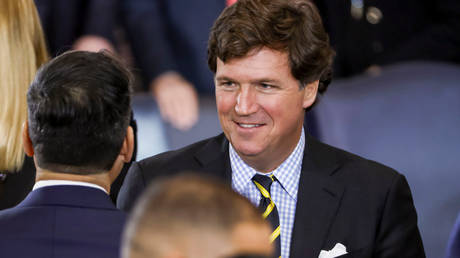







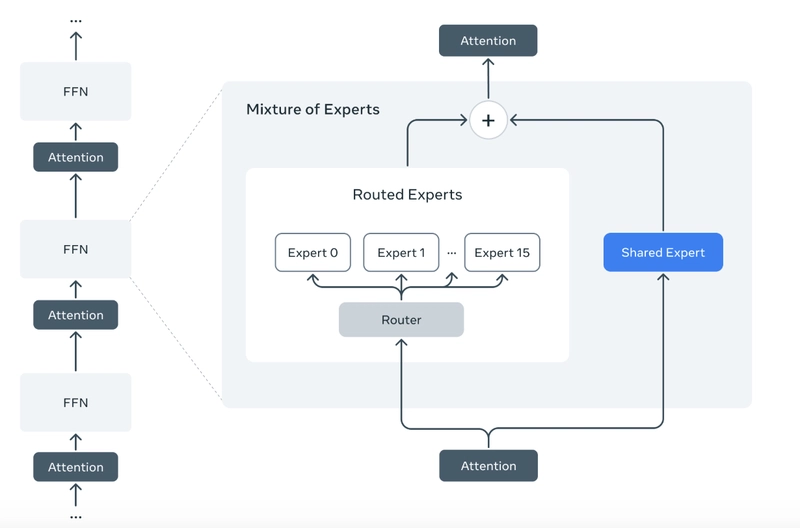







 (1).webp?#)















